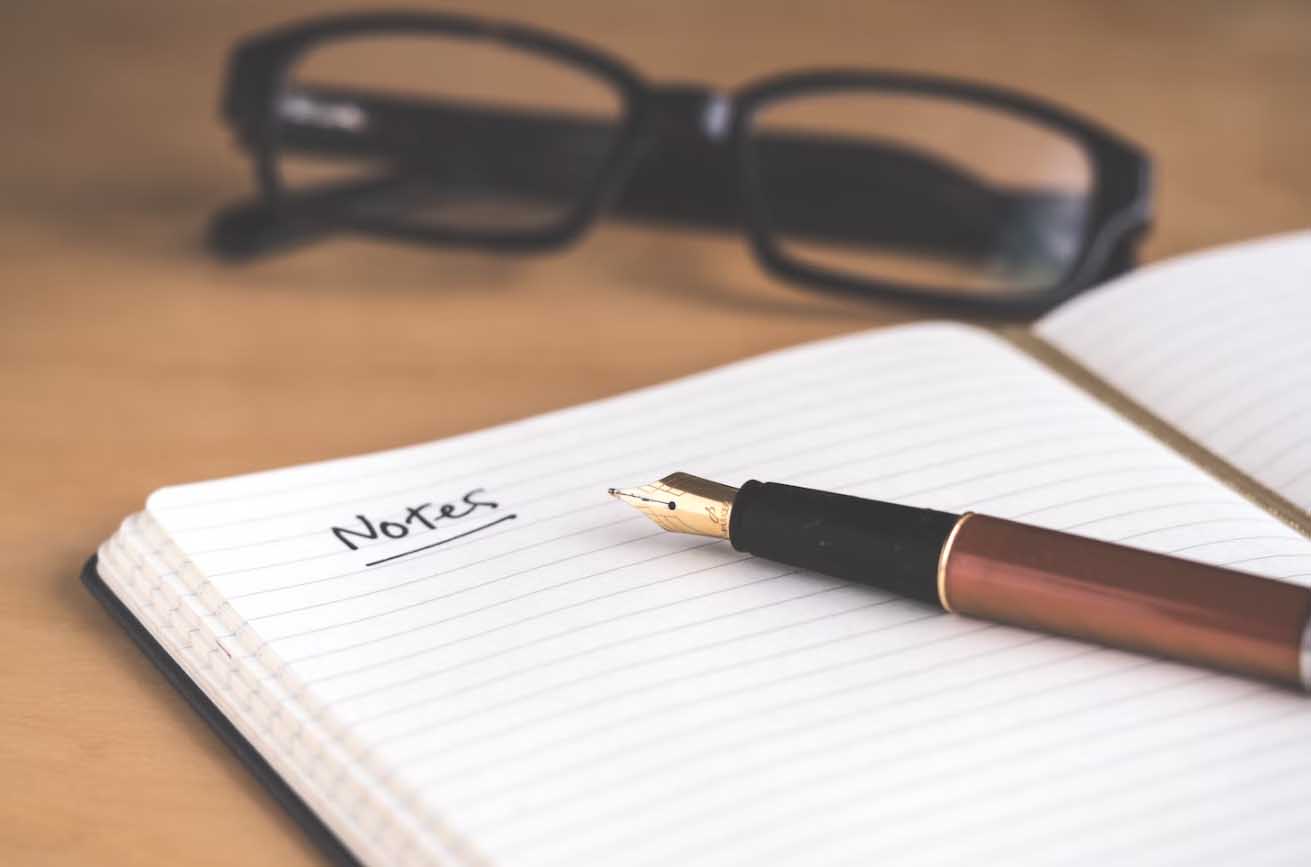
Are you an author/writer? And if so, are you also an avid reader? If not, you should be. Establishing a solid reading habit is essential to improving writing skills. This goes beyond reading for pleasure. It’s important to learn to read like an author.
What does it mean to read like a writer/author?
Reading like a writer means identifying elements that work—or don’t work—within novels of the genre you are creating. For instance, if your work in progress is a cozy mystery, stock up on highly rated cozy mystery novels. If you’re writing romance, read a lot of romance books. The idea is to examine what you read, studying writer techniques to determine if you want to adopt (or discard) similar techniques in your own stories. In other words, you are reading to learn about writing.
So, what does this process look like? It’s pretty straightforward.
As you read, think about the choices the author made and the techniques they used that influence your responses as a reader.
What sections of the book draw you in? What sections pull you out of the story? What passages make you feel something, regardless of the emotion? (Yes, even sections that make you feel angry, or make you cringe are worthy to study deeply.) Pay attention to the small details, such as the author’s personal writing style, word choice, and sentence structure. Does any of it resonate with you? Take note, dissect how they made it work for their novel, then apply it to yours.
Your goal is to locate parts you believe are the most important writerly choices and learn how to implement them yourself.
To take it one step further, imagine different choices the author could have made instead—especially the parts that don’t work well. How could the prose be improved? Do you see similar areas in your manuscript? Ponder what effect a different choice would have on readers.
Say you are writing a YA romance novel, like me. Begin examining any tropes the author used, how they executed them, and if they work to better the story or not. Examine the opening page. Does it hook? Does it follow a typical romance novel format? IE: Are you introduced to the main character in chapter one and then bounce to the love interest in chapter two? Or does the author keep the entire novel pinned to one character’s point of view? Does the story begin in medias res, smack dab in the middle of life issues? Or does it wander and meander with backstory introductions first? Here is the question to always ask yourself: Would you want to try this technique in your own writing or improve upon it, and how can you bend the techniques to fit your story?
Tips and Tricks
Pick a story you already know, one you absolutely love.
This will serve as a model for what you’d like to achieve in your own work. Knowing the story well helps because it allows you to focus on how the author weaves their magic, without getting lost inside a new tale. If I read a book that is new to me that I fall in love with, I will set it aside to re-read it again, from a writer’s perspective.
ANNOTATE!
If you read on a kindle, highlight the passages you wish to learn from. If you read physical book copies, use a highlighter pen and take notes. I have an author friend who takes photographs of their highlights in paperbacks, saving them to a file on their hard drive for further review. Make a list of questions, comments, and observations about anything related to the author’s choices.
Examine everything!
Tear apart each scene and consider how it drives the plot, builds character development, and sets pacing. What tools does your favorite author use to do this? Can you mimic or tweak their processes to work best for your manuscript? What kind of story structure do they use? The three-act story structure? The Snowflake Method? Freytag’s Pyramid? Does the author’s choice set a solid foundation? Does your favorite author utilize the same structure throughout multiple books? How well do they sell? What do readers think? What do you think?
Study character arcs.
How do the characters change over the course of the story? Does the main character succeed in achieving their desires? At what point in the novel do they pivot and create change in their lives, or do they stay stagnant? Stories are about change. We come to books to view fresh perspectives to relatable challenges. Every author has a different take to build three-dimensional characters. Probing how your favorite authors accomplish this, will help you incorporate strong motivations and reactions in your protagonist.
Yes, reading like a writer is a time-consuming process. I still read books for pure pleasure, but I find that reading like an author enables me to unlock my own stories’ magic. It grants me clear direction, knowing ahead of time what works and what doesn’t by seeing what appeals to me as a reader.
It’s my hope this is something we can research together. Within this blog, I’ll be writing book reviews based on a writer’s perspective. My current focus is young adult coming of age, magical realism, and YA romance novels. My fictional debut contains these elements, so these are the types of books I’ve been devouring and can share with you as we go. Regardless of genre, however, all strong literary elements can be utilized to hone your writing skills. Remember to read for fun, for the sake of reading, but if you’re serious about improving your skills, grab your favorite novel and read it. Like a writer.



